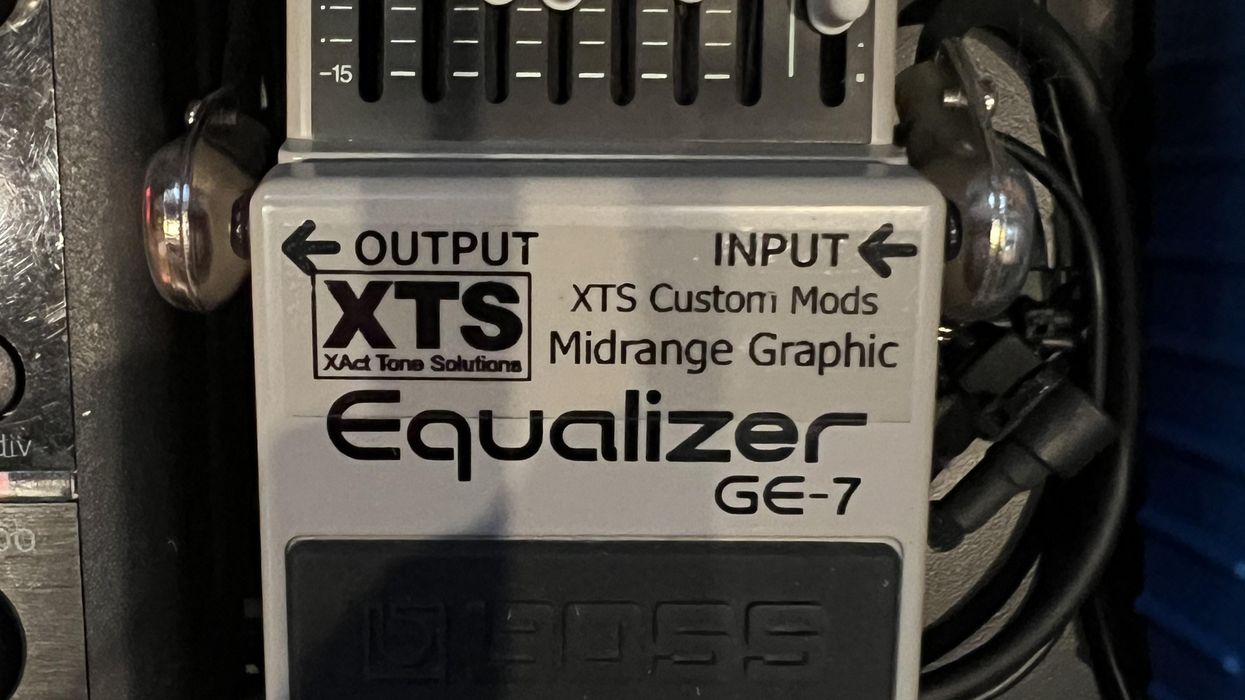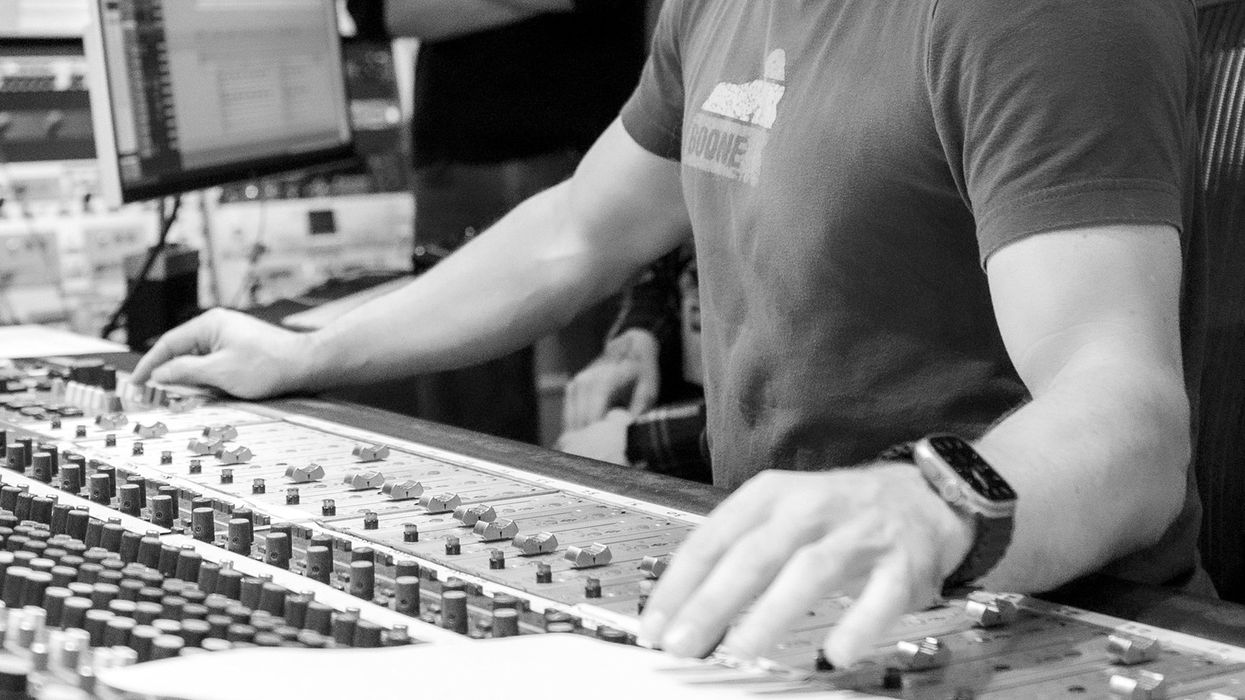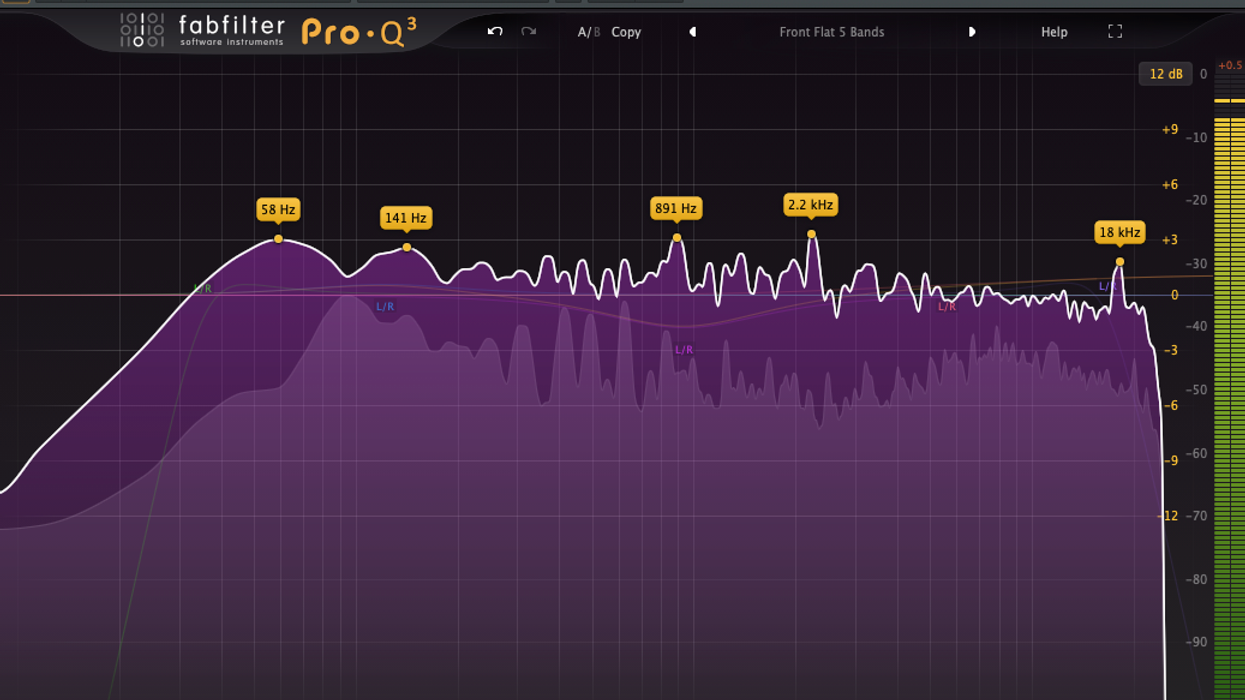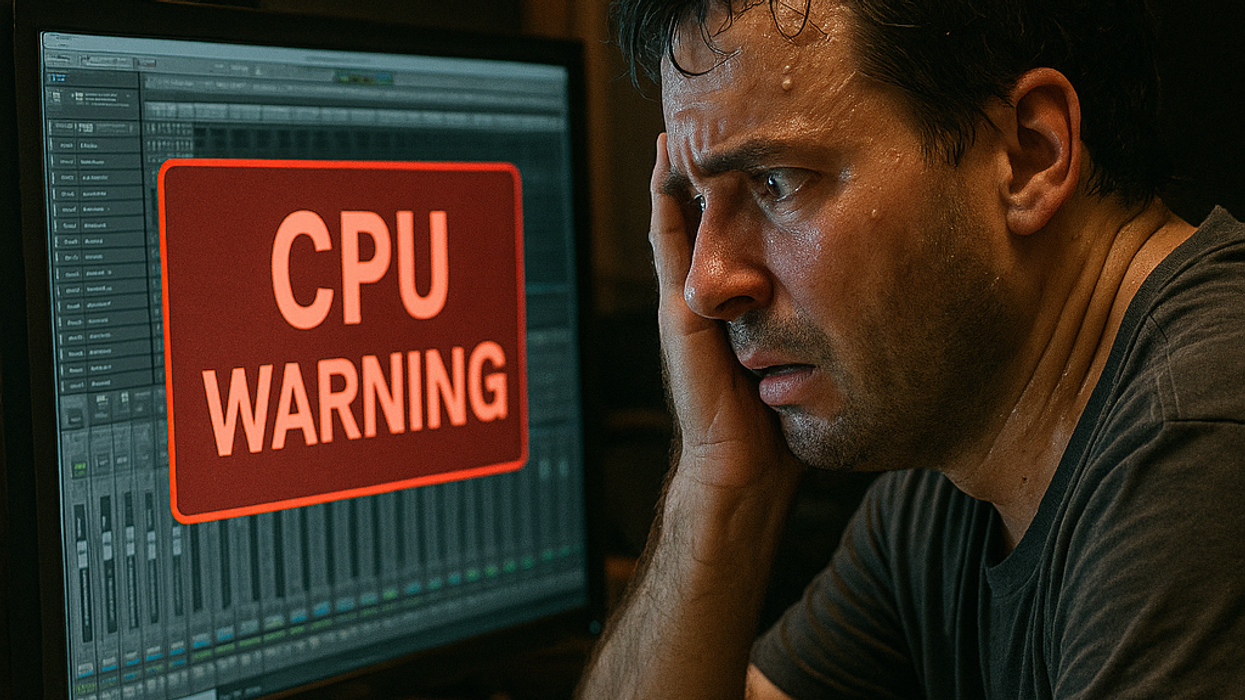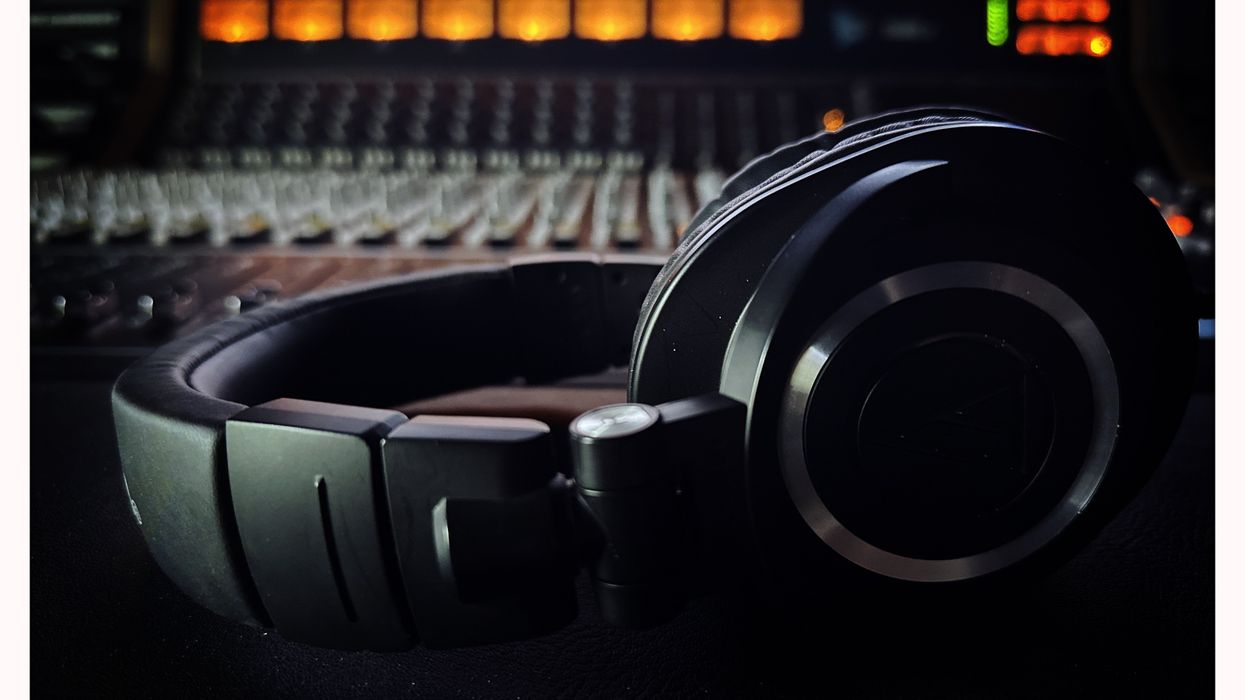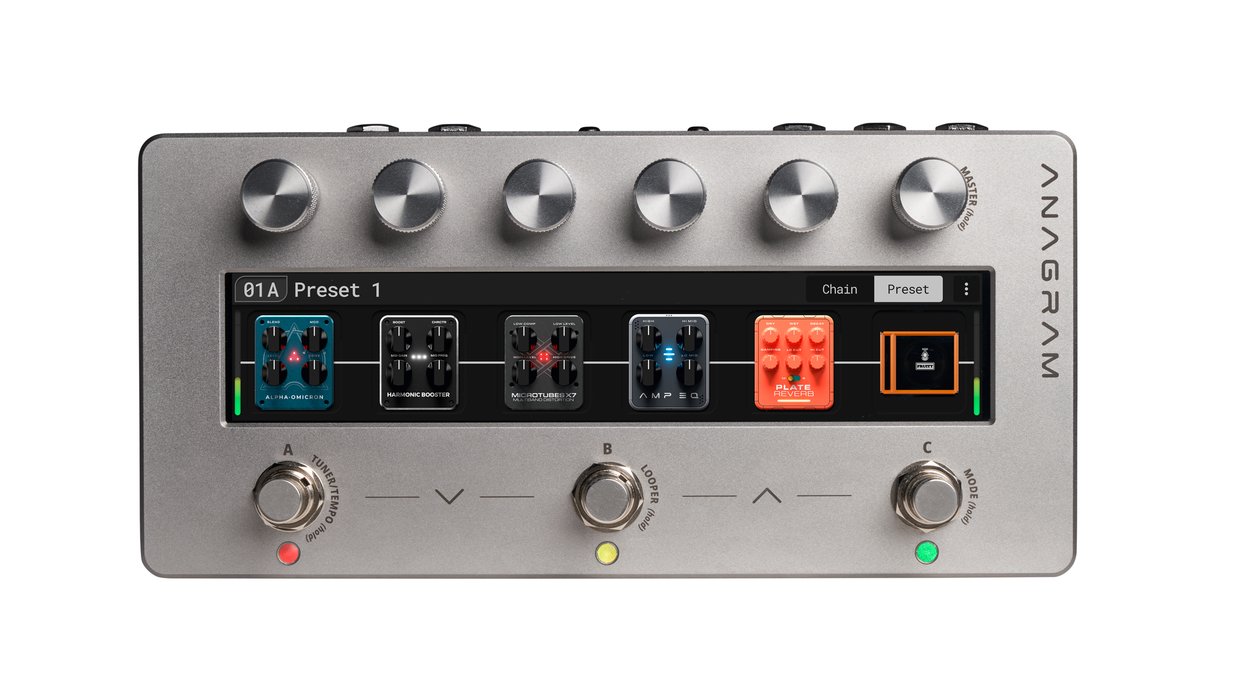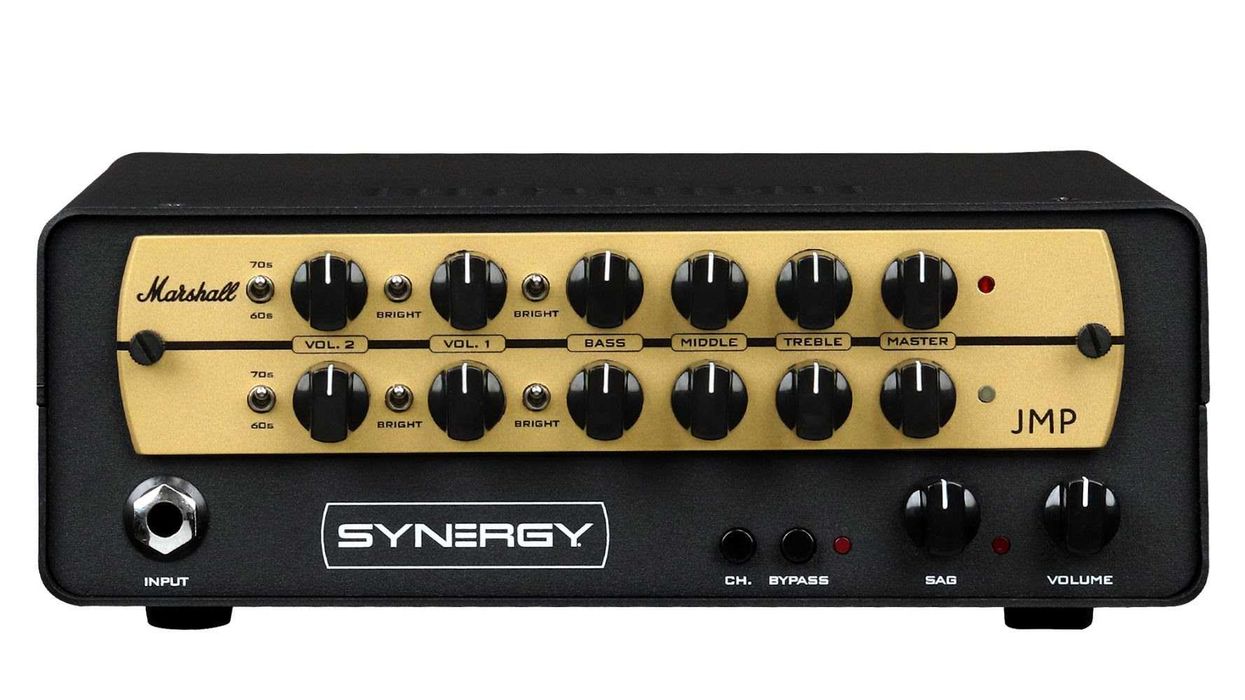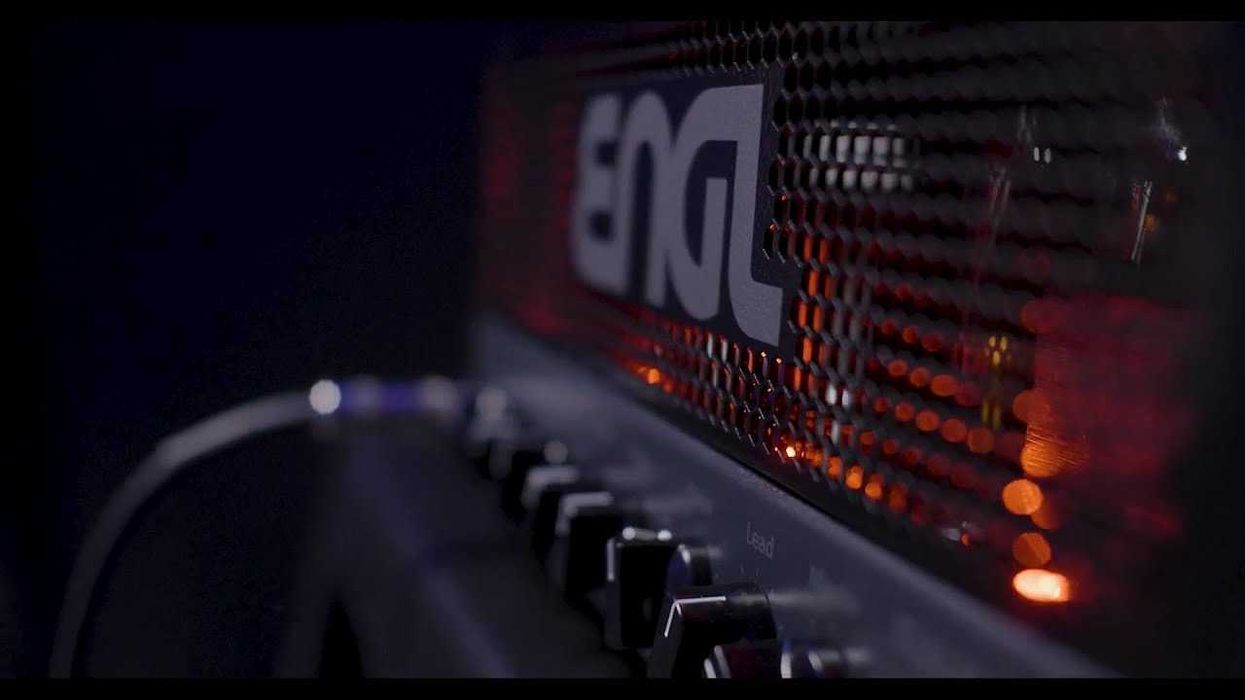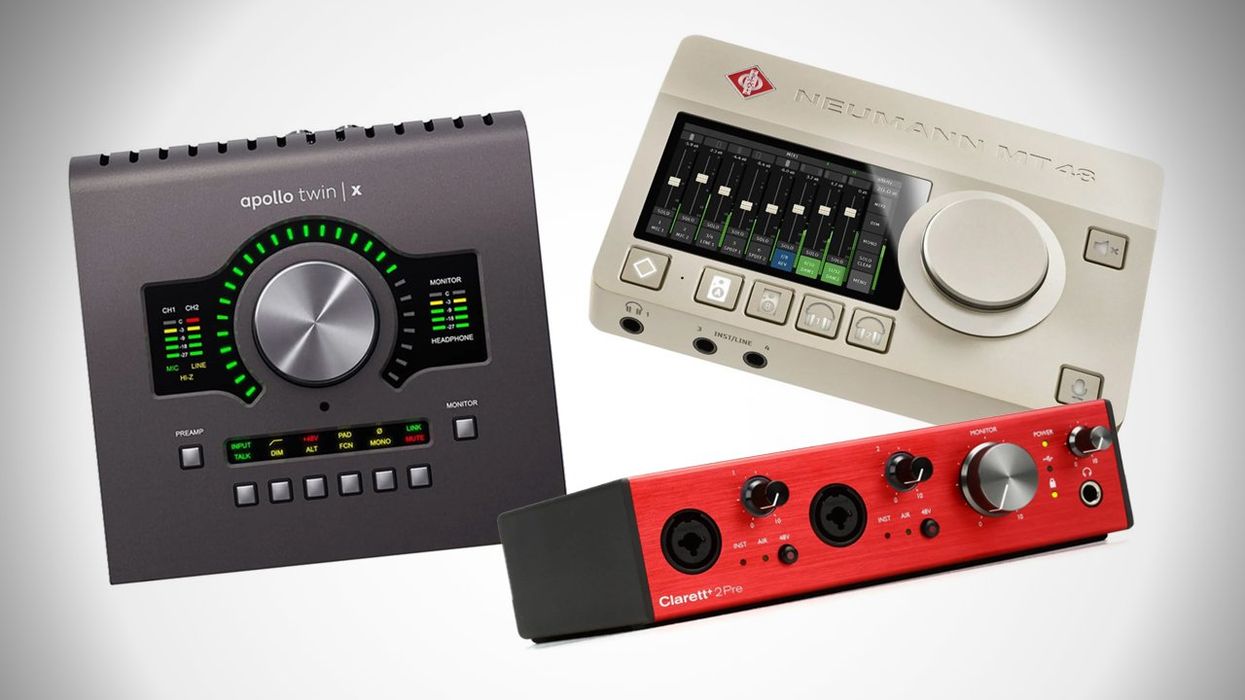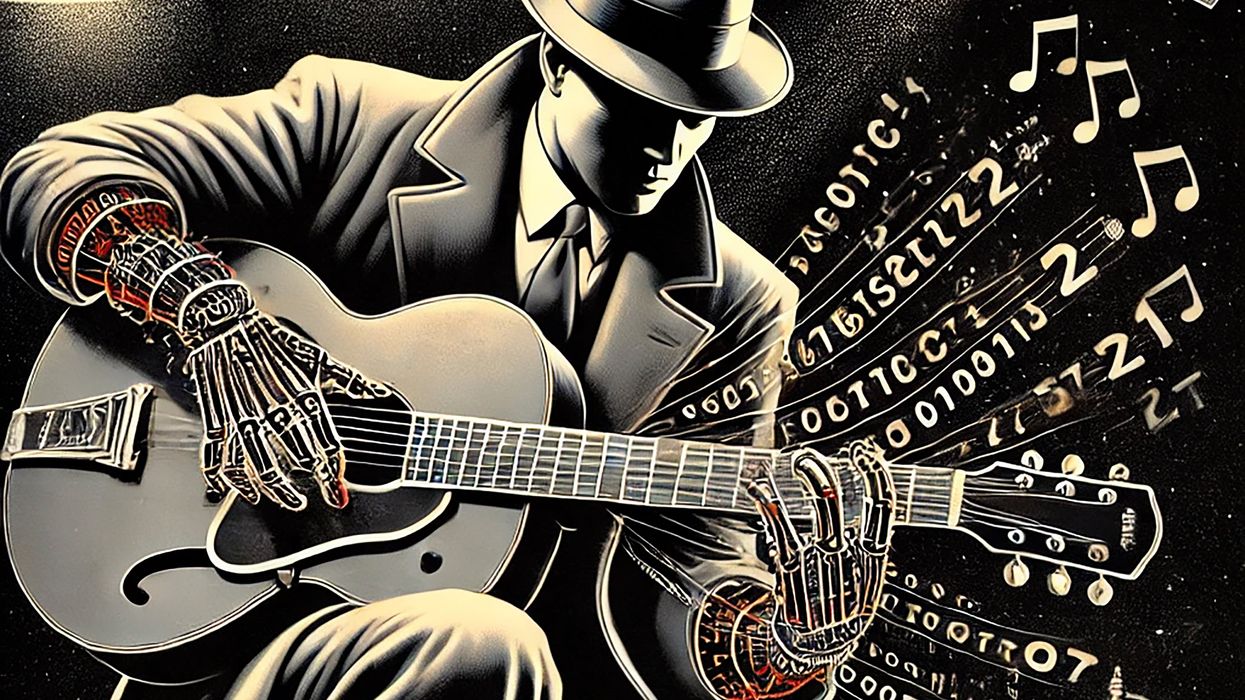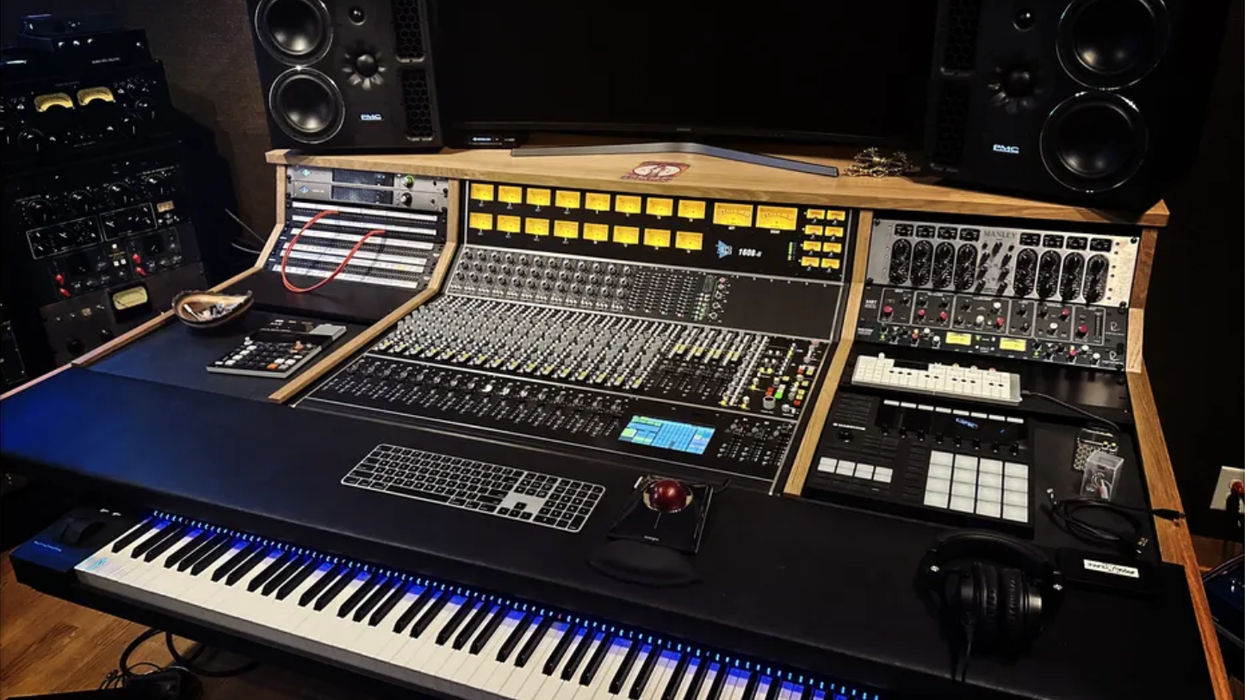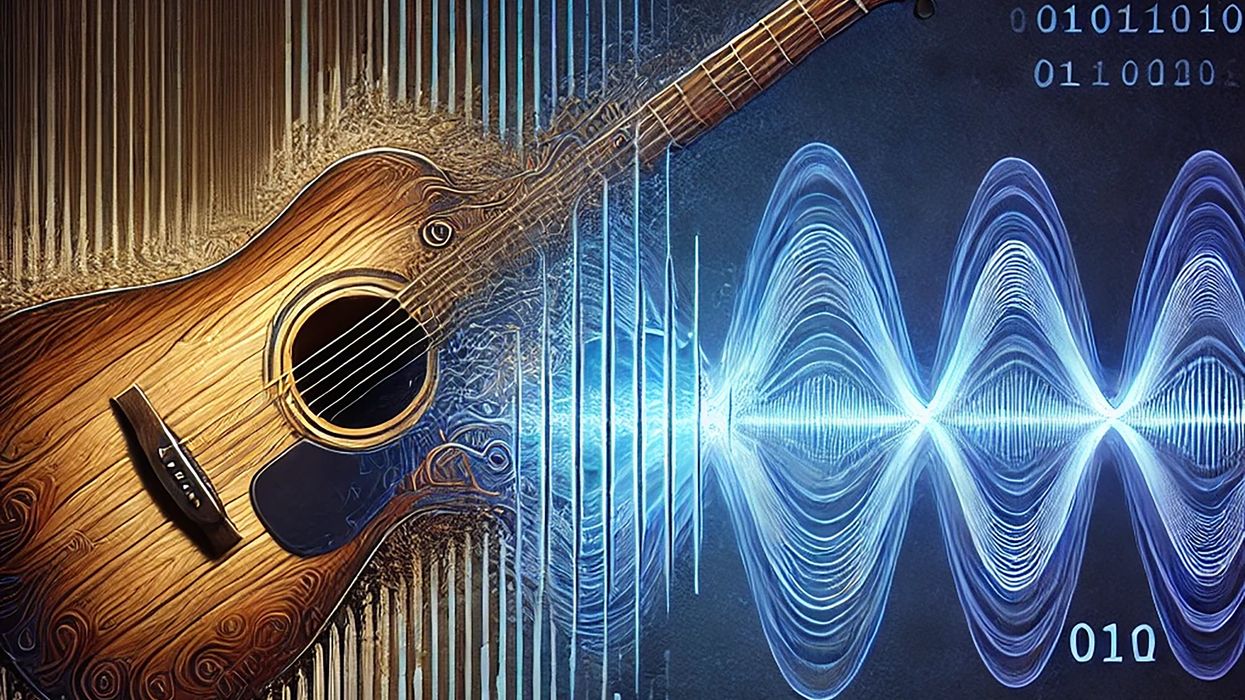Hello, and welcome to another Dojo. This time I want to shine some light on a secret to great tone: midrange! I’ll be approaching this from the front end of the recording process, using an EQ pedal, but these ideas can be easily applied further downstream in your DAW by using outboard EQs, or EQ plugins. I encourage you to record your experiments so you can hear them and evaluate the differences. The Dojo is now open.
Let’s define midrange, loosely. Midrange frequencies are wide-ranging and are often divided into three sub-categories: low-mids, mids, and high-mids. Basically, it’s between 200 Hz and 4 kHz. That’s huge! It spans the range the human ear is most sensitive to in frequency (even though we can hear approximately from 20 Hz to 20 kHz). So, where exactly do the low-mids start and the high-mids end? What are the crossover frequency points between each band? Those questions are best debated over beer and pizza and will involve the EQ’s circuit design, like where the center frequencies are for each band and how narrow or wide each band is (aka the Q). For comparison, think of the color spectrum and then go and ask a group of painters when red fully transitions into orange and then to yellow, and you’ll get the idea.
For a standard-tuned guitar, I’ve found frequencies between 400 Hz and 2.6k Hz are adjusted the most often and where most of my tone sculpting takes place.
We should all be deeply familiar with the inherent timbral characteristics of single-coil (super articulate and responsive) and humbucker (full-bodied and powerful) pickups. At some point, you’ve most likely wished that your humbucker-loaded guitars could sound more like your single-coil guitars and vice versa. What if a simple 5- to 7-band EQ pedal could get us closer to dialing in the tone we’re seeking and offer more flexibility in the long run? That’s exactly why there are so many different types of EQ pedals on the market—each created exactly for these kinds of purposes.
For a standard-tuned guitar, I’ve found frequencies between 400 Hz and 2.6k Hz are adjusted the most often, and where most of my tone sculpting takes place.
Why not just use my amp? The mids in classic tube amp circuit designs are blunt instruments and don’t offer the surgical precision of a multiband EQ. In fact, many classic Fender amps (tweed Deluxe, Princeton, and Deluxe) are completely devoid of a mid control. One exception is the hallowed 1959 4x10 Bassman, with its mid frequency centered around 500 Hz. A Marshall plexi’s mid knob is centered around 800 Hz.
Before we start focusing in on midrange frequencies, you may be wondering about the most clearly audible range of the guitar. The low E (open 6th string) is 82.41 Hz and the highest fretted note on a Gibson Les Paul (22nd fret of 1st string) is around 1174.66 Hz. But there’s also an insane amount of frequencies above 1.2 kHz that really define the guitar’s clarity, presence, articulation, and sense of “air.” They are immensely important. Play your guitar and shave off everything above 1.2k Hz and you’ll immediately hear what I’m talking about.
Let’s quickly shape some tone. I’m going to make my Telecaster’s bridge pickup sound as close as possible to my Les Paul’s bridge pickup and vice versa. (Photo 1) shows I adjusted 400 Hz (+11 dB), 800 Hz (+8 dB), 2 kHz (+6 dB), and 4 kHz (+8 dB). This gave me the fatness and articulation of my Les Paul’s bridge pickup and sounded really close. To get my Les Paul’s bridge pickup to sound more like my Tele’s [Photo 2], I adjusted 400 Hz (-7 dB), 800 Hz (-4 dB), 1.6 kHz (-3 dB), 2 kHz (-6 dB), 2.5 kHz (+7 dB), and 4 kHz (+5 dB). This gave me the spank and chime of my Tele’s bridge pickup. Bonus: I like to reduce 400 Hz to 800 Hz when playing rhythm on my Les Paul’s neck pickup anyway. It really cleans out the bottom end clutter that never sits right in the mix.
Here are some additional thoughts for EQ pedal experimentation:
• Humbuckers have more low-mid information than single coils (300 Hz to 900 Hz).
• Single-coils have much more high-mids (2 kHz to 4.5 kHz).
• To increase pick articulation (1 kHz to 2 kHz).
• To reduce muddiness (250 Hz to 350 Hz).
• To reducing harshness (2.3 kHz to 2.7 kHz).
Until next time, Namaste!